Butcher block counters
laura_gardener
17 years ago
Related Stories
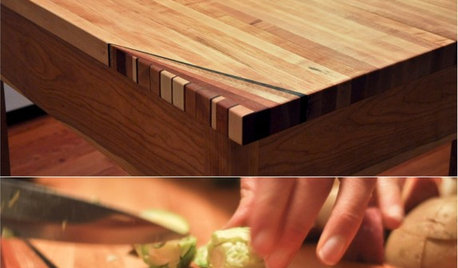
WOODWORKINGHow to Clean and Care for Your Butcher Block
Keep butcher block counters and boards looking sharp as a knife — and sanitized for safe food prep — with this advice from a pro woodworker
Full Story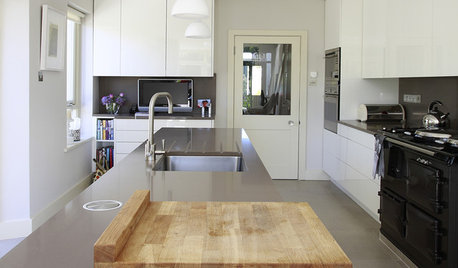
KITCHEN DESIGNButcher Block Makes the Cut for Holiday Kitchen Prep
Countertops and cutting boards will likely take a beating over the holidays. These butcher blocks have the chops to perform under pressure
Full Story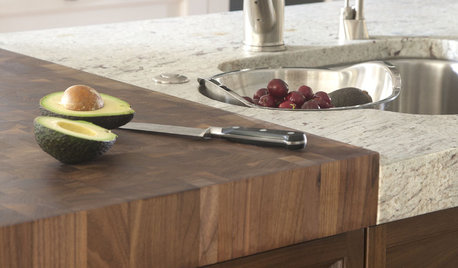
KITCHEN DESIGNKitchen Counters: Try an Integrated Cutting Board for Easy Food Prep
Keep knife marks in their place and make dicing and slicing more convenient with an integrated butcher block or cutting board
Full Story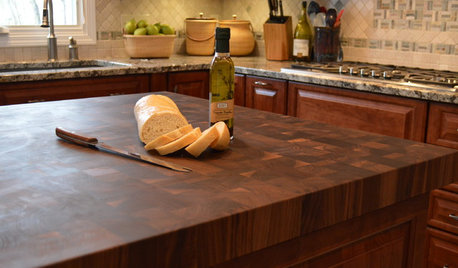
SHOP HOUZZShop Houzz: Classic Butcher Block for the Kitchen
Edge-grain and end-grain butcher block options for any kitchen
Full Story0
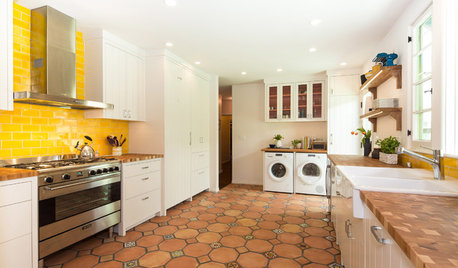
KITCHEN DESIGNNew This Week: 4 Surprising Backsplash and Countertop Pairings
Make your kitchen workspace stand out with colored ceramic tile, back-painted glass, butcher block and more
Full Story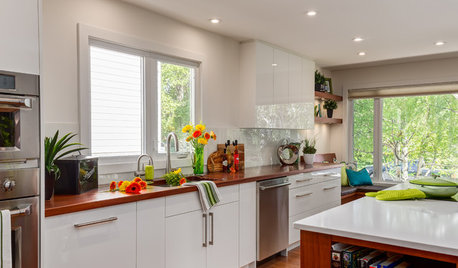
KITCHEN DESIGNThe Best Backsplashes to Pair With Wood Counters
Simplify your decision-making with these ideas for materials that work well with wood counters
Full Story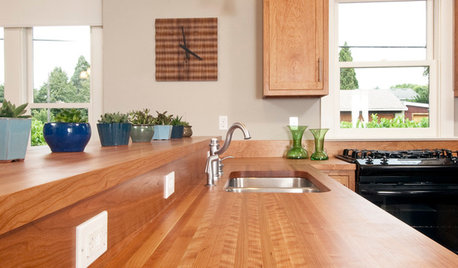
KITCHEN DESIGNWonderful Wood Countertops for Kitchen and Bath
Yes, you can enjoy beautifully warm wood counters near water sans worry (almost), with the right type of wood and sealer
Full Story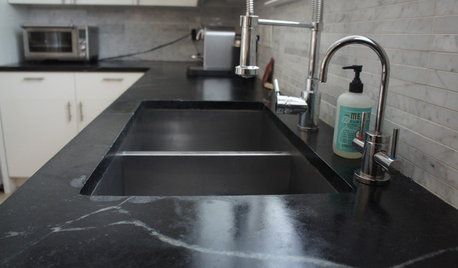
KITCHEN DESIGNSoapstone Counters: A Love Story
Love means accepting — maybe even celebrating — imperfections. See if soapstone’s assets and imperfections will work for you
Full Story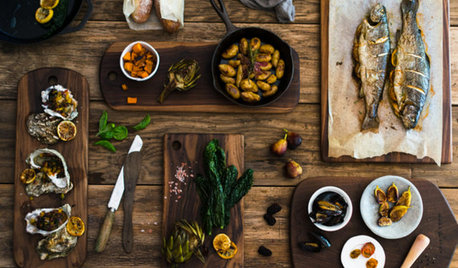
SHOP HOUZZShop Houzz: Beautiful Wood Chopping Blocks
No more scratched counters — and these wood cutting boards are beautiful enough for the table too
Full Story0
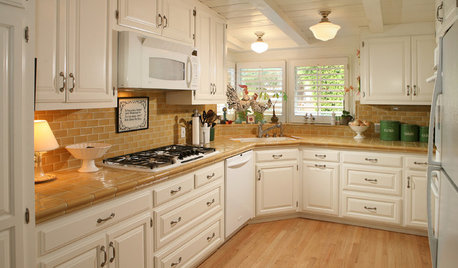
KITCHEN COUNTERTOPSKitchen Counters: Tile, the Choice for Affordable Durability
DIYers and budget-minded remodelers often look to this countertop material, which can last for decades with the right maintenance
Full StoryMore Discussions










pfunk001
Jon1270
Related Professionals
Billings Cabinets & Cabinetry · North Massapequa Cabinets & Cabinetry · Tenafly Cabinets & Cabinetry · Oak Grove Carpenters · Elmhurst Flooring Contractors · Fairview Park Flooring Contractors · Fort Myers Flooring Contractors · Moorhead Flooring Contractors · Norwood Flooring Contractors · Sachse Flooring Contractors · Wyoming Flooring Contractors · Indianapolis Furniture & Accessories · Jupiter Furniture & Accessories · Potomac Furniture & Accessories · Fort Carson Furniture & Accessoriessharon_sd
laura_gardenerOriginal Author
sharon_sd
tosadeb
sharon_sd
I